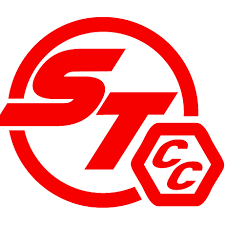Carbon-ceramic brakes used to be the preserve of only the most exotic of cars.
The technology was originally developed for the high-speed rail industry, but the first auto application was unveiled at the 1999 Frankfurt motor show. Its production debut came in 2001 as an option on the Porsche 911 GT2, before being adopted by the early-2000s supercar trio of the Ferrari Enzo, Porsche Carrera GT and Mercedes-McLaren SLR.
There’s a reason that until recently carbon-ceramic discs have only been available at the upper end of the market, and that’s because the production process is extremely time-consuming. In fact, it can take up to 20 days to produce a composite disc. Despite this, like all technology, it has slowly filtered down to the point where the lightweight stoppers are an option on the likes of the Audi RS3.
Surface Transforms plc (LON:SCE) is a manufacturer of next-generation carbon-ceramic brake discs for automotive and aircraft applications and has been certified to IS9001-2000 since 2008 and was certified to TS16949 automotive quality accreditation and AS9100C aerospace quality accreditation in 2015.

